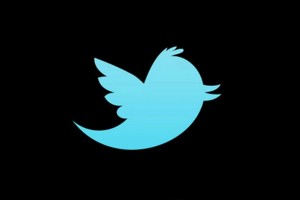Commercial media can’t get paid unless somebody is responsible for counting eyeballs.
So today’s announcement that Nielson is going to measure Twitter chatter surrounding television shows is an important step toward monetizing our favorite micro-blogging site. 
The New York Times report on this topic doesn’t indicate there are any buyers out there for the numbers, but they will be available if and when somebody decides collateral Tweeting is valuable.
The Times reports that 98,000 people wrote messages on Twitter about last month’s season premier of “Grey’s Anatomy.”
My question is, so what?
It’s true that Twitter has become America’s new water cooler – where people chit chat about all the things they see on TV. And it’s also true that most of the things on TV only require about 140 characters to effectively comment upon.
Be that as it may, the fact remains that Twitter brings a huge collateral audience to event-driven programming – where Tweets in real time relate to the thoughts of others experiencing the same thing. It’s interesting that Twitter is actually better when supporting the old model of appointment-driven television programming – but that’s a little off topic.
Today’s question, in light of Twitter’s upcoming IPO, is how can all this be monetized? Well, one plan is to inject paid Tweets into your feed – whether you’re following the brand or not. The other idea appears to be putting paid content into “trends.” This one bothers me because it appears deceptive – is something trending? Or, is it only trending because Twitter says it is? That really makes me question whether the data about trends can be trusted.
Will those brief “impressions” be worth money? Would you pay for an “ad” injected into a blur of Tweets firing across the social media landscape in a stream that is measured in “TPS” – or Tweets Per Second?
I’m not so sure.
I have the same questions about Facebook likes. Is all the effort required to drive eyeballs to your social media pages worth it?
I think it will be interesting to watch – to see if Twitter can turn a profit – to see if advertisers find value in the paid Tweet service and the rest of the video/audio ecosystem Twitter is trying to build around itself, and whether the rest of us stay as engaged as we have been with some of these social media platforms as they become increasingly commercialized.









